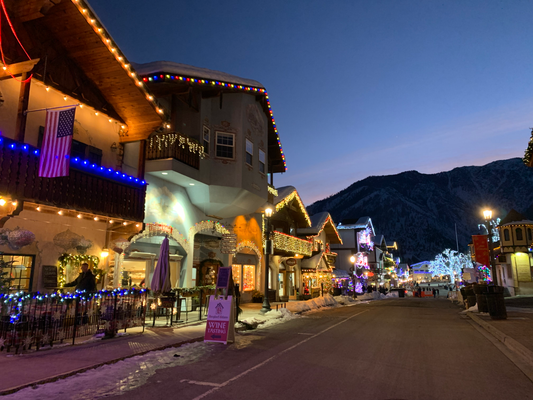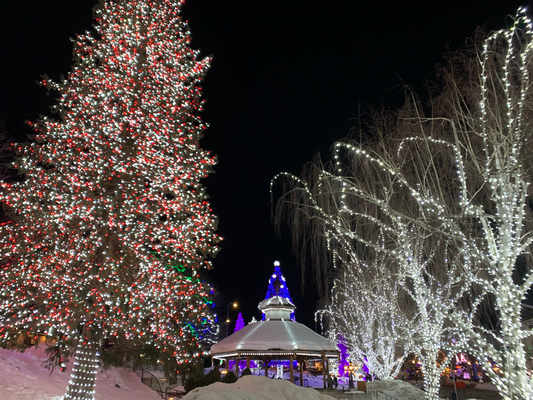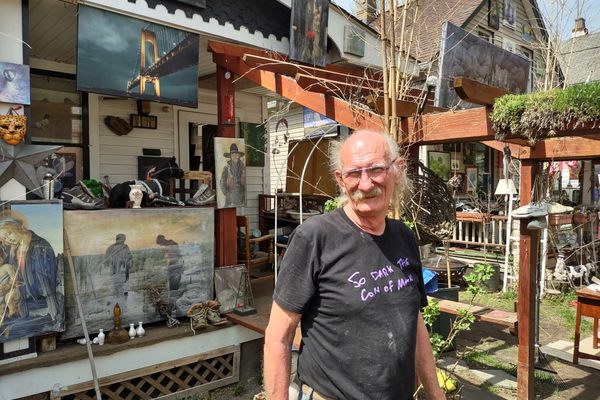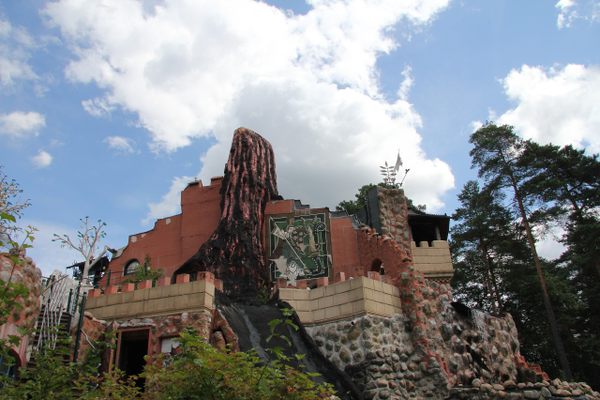About
"…a small, steep country, much more up and down than sideways, and stuck all over with large brown hotels built on the cuckoo clock style of architecture."
Ernest Hemingway always did have a way with words, and although the above quote is his reaction to visiting Switzerland, it could just as easily describe the charming village of Leavenworth, Washington.
Visitors to this mountain-walled hamlet will instantly recognize the faceted buildings, wooden balconies and two-toned timber frames of the houses and shops speckled throughout as a style directly imported from the famous European Alps, and the German Alps to be more specific.
Sometimes confused with the more popularly known Swiss style of architecture, Leavenworth is actually a very intricate, very carefully planned destination in the particular style of Bavaria, complete with a festive culture of merriment, beer drinking and cozy fireplaces.
It wasn't initially planned to be what it is today, however. It was originally a fully American mountain town of the Pacific Northwest, with a thriving timber industry and railroad-supported economy. That all changed half a century ago when the railroad left and the timber industry and its jobs followed.
Like so many towns transformed by the whims of the economy, Leavenworth teetered on the brink for decades as people left and the streets emptied. In the 1960s, in a rather remarkable example of communal effort, the town decided that decline was not the only transformation it could make. Surrounded by snowcapped mountains and miles of natural beauty, a seasonal tourist town seemed like a natural fit – but making that happen is easier said than done. Tourists tend to choose their destinations, not the other way around.
An Alpine theme of Bavarian history, festivities, and intrigue was suggested, and then put into swift action by innkeepers and shop owners on main street, who redesigned the buildings from head to toe, inside and out, in the style of the Bavarian villages of old.
It worked. The whole town took part in the transformation, and the present-day Leavenworth is the spitting image of the many mountain villages of Old Europe, and thus is overrun with travelers and tourists during the traditionally busy festival seasons of Maifest, Oktoberfest and Christmas. It may seem prefabbed and strange to some, but Leavenworth deserves its success, having taken its fate into its own hands and charted a fresh economic course into the new century.
Related Tags
Community Contributors
Added By
Published
October 1, 2012

































